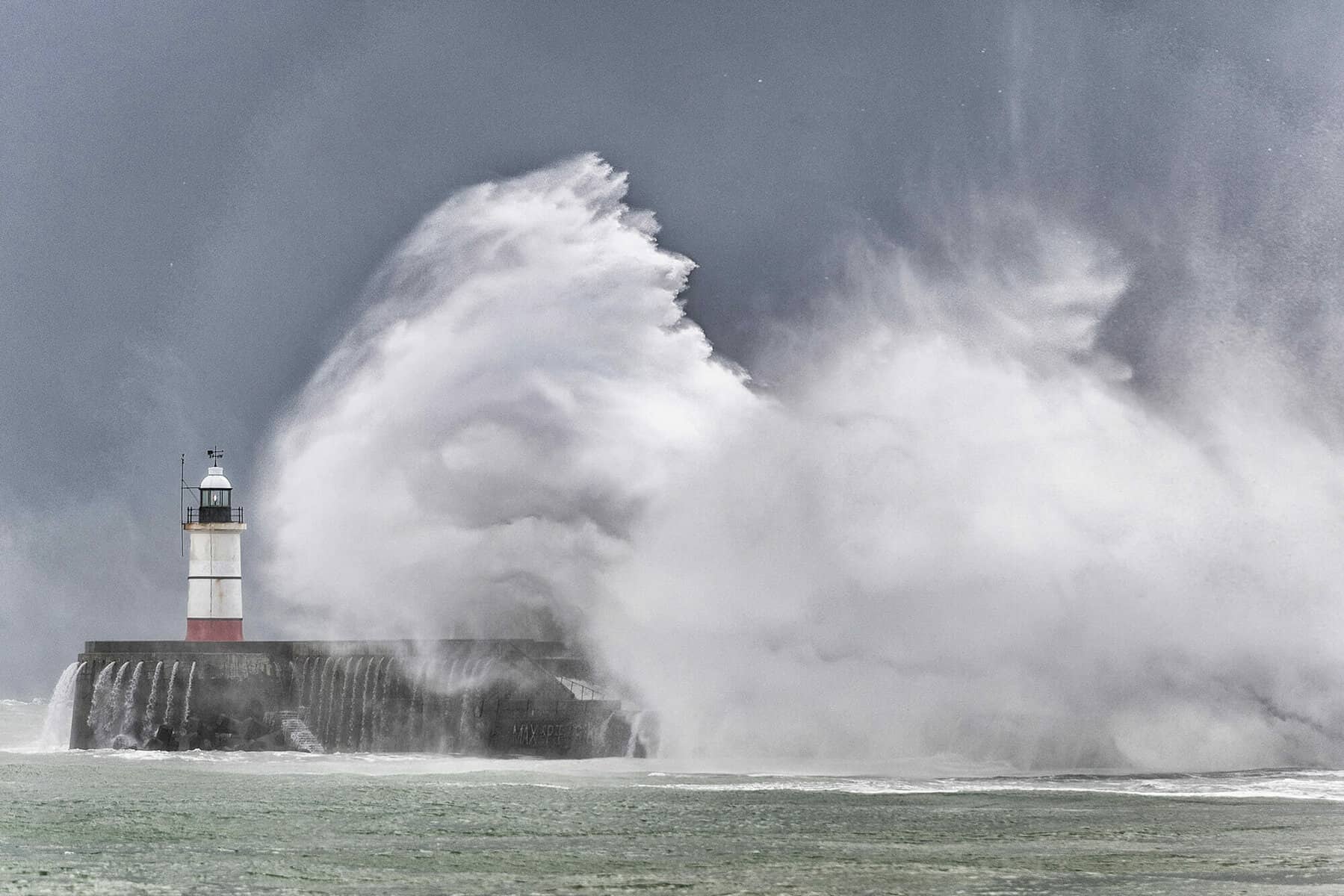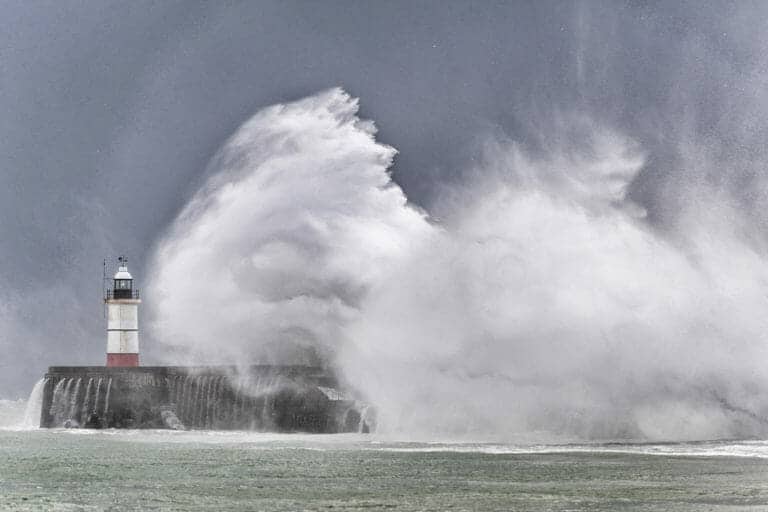The Water Industry is set to embrace several changes in the coming years due to rapid urbanisation, severe climate changes, rising customer demands and emerging digital technologies. These changes will present businesses with a complex set of challenges that could be worth addressing in order to stay competitive within the industry.
Can such challenges be turned into opportunities that benefit businesses, customers and the environment? We think yes. We highlight five scenarios and opportunities likely to have an impact on the Water Industry in the next decade.
1. Acting on the mounting effects of extreme weather events
Most effects of climate change are related to water in one way or another. Changes in climate affect agricultural production, contribute to sea level rise, trigger wildfires, and bring about drought and flood events. For example, with more than half of the world’s population living within 200 km of the coast by 2050, sea level rise and extreme storm surges will affect coastal communities to a large extent. Hard engineering structures such as seawalls, dikes and levees can be built to protect coastal communities against severe future flooding, but the use of sophisticated water modelling technologies can help determine current vulnerabilities and suggest effective solutions to better address these coastal challenges.
2. Protecting agricultural production
According to the UN, the world’s population is expected to reach more than nine billion people in 2050. To make sure there is enough food for everyone, it is estimated that global food production needs to be increased by 70%. This requires more arable land for crop production, with more extensive and efficient irrigation. All of this will challenge water resources and ecosystems. In order to be sustainable, efficient irrigation management and techniques such as erosion risk management, flood warning systems and precision farming systems can be used to optimise agricultural production using the least amount of water.
3. Reusing wastewater to support a circular economy
Traditional investment, planning, design and operation are linear in nature. Water is extracted from the source, checked for quality, used as intended and then treated and discharged in a receiving water body. However, wastewater and its discharged sludge contains a great […]
Full article: 5 major trends impacting the Water industry in the next decade



